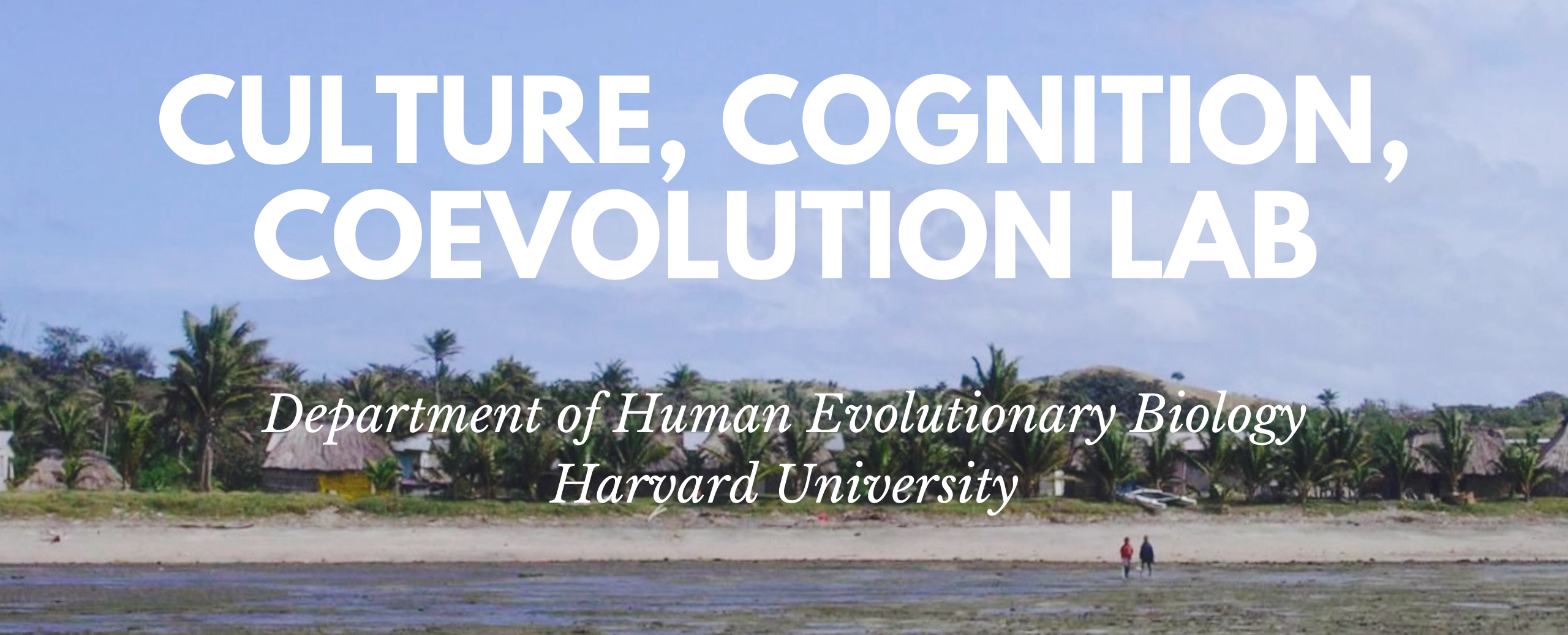Abstract:
What is the effect of a life‐threatening pandemic at the societal level? An expanded Theory of Social Change, Cultural Evolution, and Human Development predicts that, during a period of increasing survival threat and decreasing prosperity, humans will shift toward the psychology and behavior typical of the small‐scale, collectivistic, and rural subsistence ecologies in which we evolved. In particular, subjective mortality salience, engagement in subsistence activities, and collectivism will all increase, while the aspiration to be wealthy will decrease. Because coronavirus has forced unprecedented proportions of human activity online, we tested hypotheses derived from the theory by analyzing big data samples for 70 days before and 70 days after the coronavirus pandemic stimulated President Trump to declare a national emergency. Google searches were used for an exploratory study; the exploratory study was followed by three independent replications on Twitter, internet forums, and blogs. Across all four internet platforms, terms related to subjective mortality salience, engagement in subsistence activities, and collectivism showed massive increases. These findings, coupled with prior research testing this theory, indicate that humans may have an evolutionarily conditioned response to the level of death and availability of material resources in society. More specifically, humans may shift their behavior and psychology toward that found in subsistence ecologies under conditions of high mortality and low prosperity or, conversely, toward behavior and psychology found in modern commercial ecologies under conditions of low mortality and high prosperity.
